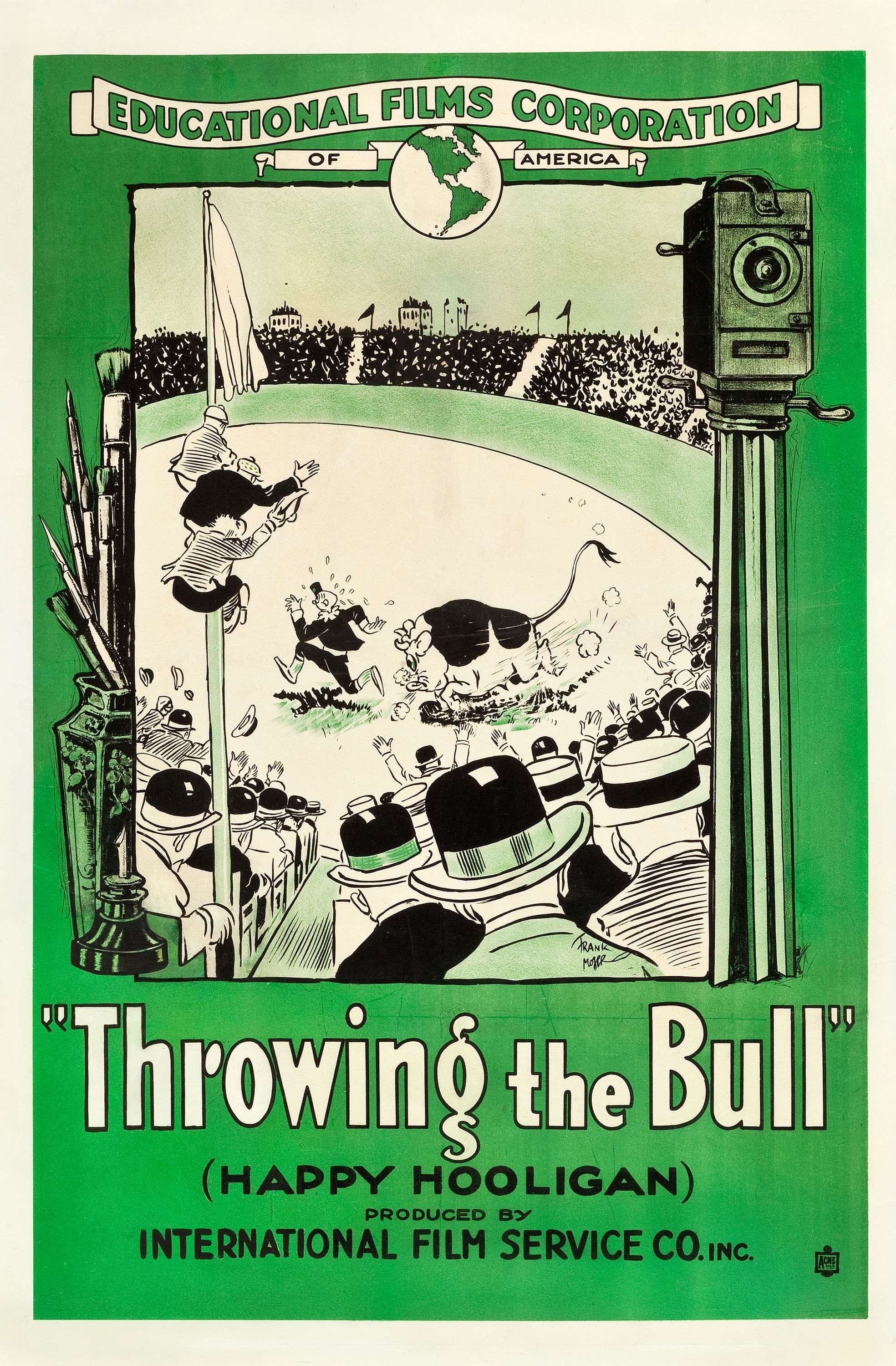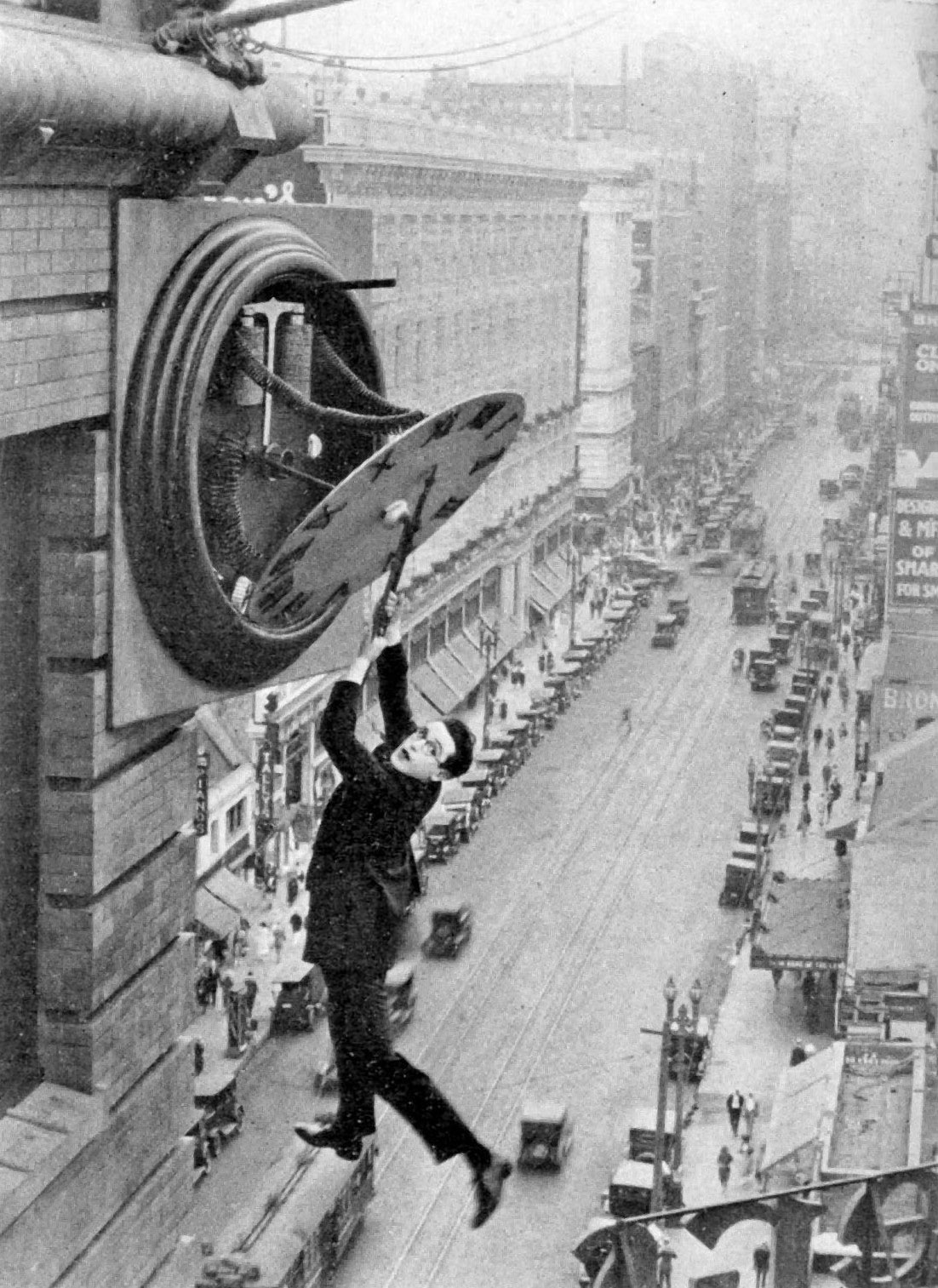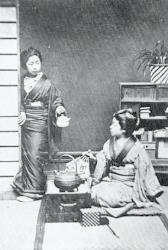|
Lupino Lane
Henry William George Lupino (16 June 1892 – 10 November 1959) professionally Lupino Lane, was an English actor and theatre manager, and a member of the famous theatrical Lupino family, which eventually included his cousin, the screenwriter/director/actress Ida Lupino. Lane started out as a child performer, known as "Little Nipper", and went on to appear in a wide range of theatrical, music hall, and film performances. Lupino Lane is best known in the United Kingdom for playing Bill Snibson in the play and film ''Me and My Girl'', which popularized the song-and-dance routine "The Lambeth Walk".''Oxford Dictionary of Biography'' "Lupino Lane". In America he is remembered as an acrobatic star of silent comedy shorts produced between 1925 and 1929. Lane was especially well suited to physical comedy because he was double-jointed, and his limber frame was capable of performing dazzling acrobatics. One of his unique feats had him on the floor, sitting or reclining, and suddenly thr ... [...More Info...] [...Related Items...] OR: [Wikipedia] [Google] [Baidu] |
London Borough Of Hackney
The London Borough of Hackney ( ) is a London boroughs, London borough in Inner London, England. The historical and administrative heart of Hackney is Mare Street, which lies north-east of Charing Cross. The borough is named after Hackney, London, Hackney, its principal district. Southern and eastern parts of the borough are popularly regarded as being part of east London that spans some of the traditional East End of London with the northwest belonging to north London. Its population is estimated to be 281,120. The London Plan issued by the Greater London Authority assigns whole boroughs to List of sub regions used in the London Plan, sub-regions for statutory monitoring, engagement and resource allocation purposes. The most recent (2011) iteration of this plan assigns Hackney to the 'East' sub-region, while the 2008 and 2004 versions assigned the borough to "North" and "East" sub-regions respectively. The modern borough was formed in 1965 by the merger of the Metropolitan Boro ... [...More Info...] [...Related Items...] OR: [Wikipedia] [Google] [Baidu] |
Empire, Leicester Square
The Empire, Leicester Square is a cinema currently operated by Cineworld on the north side of Leicester Square, London, England. The Empire was originally built in 1884 as a variety theatre and was rebuilt for films in the 1920s. It is one of several cinemas in and adjoining Leicester Square which are regularly used for film premieres and first runs. Today, it has nine auditoria, including an IMAX, a Superscreen and a 4DX screen. History 1884: The Empire Theatre opens The Empire Theatre opened on 17 April 1884 under the ownership of Daniel Nicols as a West End variety theatre on Leicester Square, as well as a ballet venue, with a capacity of about 2,000 seats. The first performance was '' Chilpéric'', with music by Hervé, adapted by H. Hersee and H. B. Farnie and described as ''a Grand Musical Spectacular, in three acts and seven tableaux''. The corps de ballet for the performance was 50 strong. Edward Solomon and Sydney Grundy premièred their comic opera, ''Pocaho ... [...More Info...] [...Related Items...] OR: [Wikipedia] [Google] [Baidu] |
Gilbert And Sullivan
Gilbert and Sullivan refers to the Victorian-era theatrical partnership of the dramatist W. S. Gilbert (1836–1911) and the composer Arthur Sullivan (1842–1900) and to the works they jointly created. The two men collaborated on fourteen comic operas between 1871 and 1896, of which '' H.M.S. Pinafore'', ''The Pirates of Penzance'' and ''The Mikado'' are among the best known.Davis, Peter G''Smooth Sailing'' ''New York'' magazine, 21 January 2002, accessed 6 November 2007 Gilbert, who wrote the libretti for these operas, created fanciful "topsy-turvy" worlds where each absurdity is taken to its logical conclusion: fairies rub elbows with British lords, flirting is a capital offence, gondoliers ascend to the monarchy, and pirates emerge as noblemen who have gone astray. Leigh, Mike"True anarchists" ''The Guardian'', 4 November 2007, accessed 6 November 2007 Sullivan, six years Gilbert's junior, composed the music, contributing memorable melodies that could convey both humour an ... [...More Info...] [...Related Items...] OR: [Wikipedia] [Google] [Baidu] |
Jack White (film Producer)
Jack White (born Jacob Weiss; March 2, 1897 – April 10, 1984) was an American film producer, director and writer. His career in the film industry began in the late 1910s and continued until the early 1960s. White produced over 300 films; directed more than 60 of these, and wrote more than 50. He directed some of his sound comedies under the pseudonym "Preston Black." Early life Immigrating to America from Hungary in 1905, White and his family lived in Hollywood, California. A nearby stable was used to engage in the new business of motion pictures. Jack and his three brothers, Jules White, Sam White (film producer), Sam White, and Ben White rode horses as extras in outdoor westerns. This was the start of the brothers' movie careers; they became directors and/or producers. The fourth brother, Ben White, became a cameraman. Career While still a teenager, Jack White became the leading producer for Educational Pictures, making very popular comedy shorts with Lloyd Hamilton, Lupino L ... [...More Info...] [...Related Items...] OR: [Wikipedia] [Google] [Baidu] |
Educational Pictures
Educational Pictures, also known as Educational Film Exchanges, Inc. or Educational Films Corporation of America, was an American film production and film distribution company founded in 1916 by Earle (E. W.) Hammons (1882–1962). Educational primarily distributed short subjects; it is best known for its series of comedies starring Buster Keaton and the earliest screen appearances of Shirley Temple (1932–34). The company ceased production in 1938, and finally closed in 1940 when its film library was sold at auction. Success with silents Hammons established the company to make instructional films for schools, but making comedies for theatrical release proved more lucrative. Educational did issue many educational, travelogue, and novelty shorts, but its main enterprise became comedy. Educational's heyday was the 1920s, when the popular silent comedies of Al St. John, Lupino Lane, Lige Conley, Lloyd Hamilton, and Monty Collins complemented many a moviehouse bill a ... [...More Info...] [...Related Items...] OR: [Wikipedia] [Google] [Baidu] |
Isn't Life Wonderful
''Isn't Life Wonderful'' is a 1924 American silent romantic drama film directed by D. W. Griffith for his company D. W. Griffith Productions, and distributed by United Artists. It was based on the short story "Isn’t Life Wonderful?" in the 1923 book ''Defeat'' by Geoffrey Moss, and it was released under the alternative title ''Dawn''. Plot As described in a review in a film magazine, among the thousands of refugees who flocked to Berlin was the family of a Polish professor (Alderson) and the days following the war show them in a terrific struggle for mere existence. They manage to get a place to live but their combined resources and the high prices of food during the Great Inflation result in their only being able to get a potato apiece and for long periods they have to subsist on horse turnips. Despite this, the love of one son, Paul (Hamilton), for his cousin Inga (Dempster) is so great that they determine to overcome all obstacles. Inga works overtime in another place ... [...More Info...] [...Related Items...] OR: [Wikipedia] [Google] [Baidu] |
Cinema Of The United States
The cinema of the United States, primarily associated with major film studios collectively referred to as Hollywood, has significantly influenced the global film industry since the early 20th century. Classical Hollywood cinema, a filmmaking style developed in the 1910s, continues to shape many American films today. While French filmmakers Auguste and Louis Lumière are often credited with modern cinema's origins, American filmmaking quickly rose to global dominance. As of 2017, more than 600 English-language films were released annually in the U.S., making it the fourth-largest producer of films, trailing only India, Japan, and China. Although the United Kingdom, Canada, Australia, and New Zealand also produce English-language films, they are not directly part of the Hollywood system. Due to this global reach, Hollywood is frequently regarded as a transnational cinema with some films released in multiple language versions, such as Spanish and French. Contemporary Hollyw ... [...More Info...] [...Related Items...] OR: [Wikipedia] [Google] [Baidu] |
Silent Film
A silent film is a film without synchronized recorded sound (or more generally, no audible dialogue). Though silent films convey narrative and emotion visually, various plot elements (such as a setting or era) or key lines of dialogue may, when necessary, be conveyed by the use of inter- title cards. The term "silent film" is something of a misnomer, as these films were almost always accompanied by live sounds. During the silent era, which existed from the mid-1890s to the late 1920s, a pianist, theater organist—or even, in larger cities, an orchestra—would play music to accompany the films. Pianists and organists would play either from sheet music, or improvisation. Sometimes a person would even narrate the inter-title cards for the audience. Though at the time the technology to synchronize sound with the film did not exist, music was seen as an essential part of the viewing experience. "Silent film" is typically used as a historical term to describe an era of cinema p ... [...More Info...] [...Related Items...] OR: [Wikipedia] [Google] [Baidu] |
The Mikado
''The Mikado; or, The Town of Titipu'' is a comic opera in two acts, with music by Arthur Sullivan and libretto by W. S. Gilbert, their ninth of fourteen Gilbert and Sullivan, operatic collaborations. It opened on 14 March 1885, in London, where it ran at the Savoy Theatre for 672 performances, the second-longest run for any work of musical theatre and one of the longest runs of any theatre piece up to that time.The longest-running piece of musical theatre was the operetta ''Les Cloches de Corneville'', which held the title until ''Dorothy (opera), Dorothy'' opened in 1886, which pushed ''The Mikado'' down to third place. By the end of 1885, it was estimated that, in Europe and America, at least 150 companies were producing the opera.H. L. Mencken, Mencken, H. L.]Article on ''The Mikado'', ''Baltimore Evening Sun'', 29 November 1910 ''The Mikado'' is the most internationally successful Savoy opera and has been especially popular with amateur and school productions. The work has ... [...More Info...] [...Related Items...] OR: [Wikipedia] [Google] [Baidu] |
New Amsterdam Theatre
The New Amsterdam Theatre is a Broadway theatre, Broadway theater at 214 West 42nd Street (Manhattan), 42nd Street, at the southern end of Times Square, in the Theater District, Manhattan, Theater District of Manhattan in New York City, New York, U.S. One of the first Broadway venues to open in the Times Square neighborhood, the New Amsterdam was built from 1902 to 1903 to designs by Herts & Tallant. The theater is operated by Disney Theatrical Productions and has 1,702 seats across three levels. Both the Beaux-Arts architecture, Beaux-Arts exterior and the Art Nouveau interior of the building are Lists of New York City landmarks, New York City landmarks, and the building is on the National Register of Historic Places. The theater's main entrance is through a 10-story wing facing north on 42nd Street, while the auditorium is in the rear, facing south on 41st Street. The facade on 42nd Street is made of gray limestone and was originally ornamented with sculptural detail; the rest ... [...More Info...] [...Related Items...] OR: [Wikipedia] [Google] [Baidu] |
Ziegfeld Follies
The ''Ziegfeld Follies'' were a series of elaborate theatrical revue productions on Broadway in New York City from 1907 to 1931, with renewals in 1934, 1936, 1943, and 1957. They became a radio program in 1932 and 1936 as '' The Ziegfeld Follies of the Air''. Founding and history Inspired by the Folies Bergère of Paris, the Ziegfeld Follies were conceived and mounted by Florenz Ziegfeld Jr., reportedly at the suggestion of his then-wife, the actress and singer Anna Held. The shows' producers were turn-of-the-twentieth-century producing titans Klaw and Erlanger. The Follies were a series of lavish revues, something between later Broadway shows and the more elaborate high-class vaudeville and variety show. The first follies, '' The Follies of 1907'', was produced that year at the '' Jardin de Paris'' roof theatre. During the Follies era, many of the top entertainers, including W. C. Fields, Eddie Cantor, Josephine Baker, Fanny Brice, Ann Pennington, Bert Williams, Ev ... [...More Info...] [...Related Items...] OR: [Wikipedia] [Google] [Baidu] |
Afgar
''Afgar, or the Andalusian Leisure'' is a musical with lyrics by Douglas Furber, music by Charles Cuvillier and a book by Fred Thompson and Worton David. It is based on Cuvillier's 1909 French operetta of the same name, with words by André Barde and Michel Carré. The original West End production opened at the London Pavilion on 17 September 1919 and ran for 300 performances. It featured Marie Burke, Alice Delysia, Strafford Moss, John Humphries, Lupino Lane, Harry Welchman and Leon Morton, and its cast recording was the first original cast recording of a musical at the Pavilion. The Broadway production, directed by Frank Collins, opened on 8 November 1920 at the Central Theatre and ran for 168 performances. It starred Irving Beebee as Don Juan, Jr. and Delysia as Zaydee. Synopsis Setting: Courtyard of the Palace of the Moor, Afgar; The Harem of the Palace; unknown country in an unknown time long ago, most likely in the Maghreb (Northern Africa) or the Iberian P ... [...More Info...] [...Related Items...] OR: [Wikipedia] [Google] [Baidu] |









